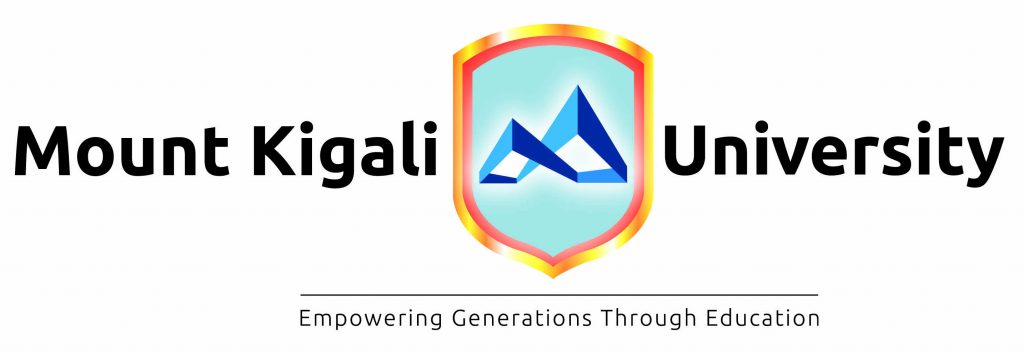The Rwanda Leather Processors Association has highlighted key challenges affecting the growth of the country’s leather industry, including the absence of a local tannery — a situation that forces businesses to export raw hides for processing abroad.
Jean d’Amour Kamayirese, the head of the association, said they will continue advocating for the establishment of a tannery in Rwanda so that leather can be processed domestically rather than relying on foreign facilities.
“We are requesting the government to stay close to us because we have many skilled and motivated people ready to work, including companies engaged in leather trading. However, most of them face financial constraints that hinder the growth of this business,” he said.
He stressed that strong investors or financial supporters are needed to help scale up the sector.
Kamayirese noted that the lack of a processing facility remains one of the major obstacles preventing Rwanda’s leather sector from reaching its full potential.
“A tannery is urgently needed so we can process our hides locally instead of sourcing them from neighboring countries, where we often pay high costs for products that are not always of the best quality,” he added.
In March 2025, Rwanda confirmed that an investor had been secured to build a tannery that will process hides from locally slaughtered animals and manufacture leather goods such as shoes, with plans to later add products like handbags and belts.
Statistics from the National Institute of Statistics of Rwanda show that in the fiscal year 2023/2024, the country exported 1,763,844 kilograms of cattle hides, earning $2,798,861, while small livestock hides weighing 440,961 kilograms brought in $699,715.
The Government of Rwanda has repeatedly emphasized that the goal is to process hides within the country and export finished leather products rather than raw hides, preventing the costly cycle of importing goods made from Rwanda’s own raw materials.
The planned leather industrial zone is set to be constructed in Bugesera and is projected to generate $430 million annually.
By 2024, exports of hides and skins were already earning Rwanda more than 11.7 billion Frw per year.



